
Basically it's a type of an x-ray. Namely, this type of an x-ray uses special equipment (a certain type of a computer coupled with an appropriate scanner) in order to produce a significantly more detailed picture.
During the course of scanning a person, he or she is lying down on a regular CT scan table, as the tables as well as the machines proceed to move around, flash lights of different colors and make buzzing sounds – that is to say scan the patient.
Utter cooperation is required for the scan to come out right; this means: no moving allowed. In fact, the person is to remain as relaxed as possible. Technicians will firstly provide all of the necessary instructions, and then proceed to control and monitor the process from another room, as audio contact is maintained via a system of speakers.
The scan ought not last for a period longer than 30 minutes.
Sometimes an oral contrast is provided as a necessary component of the scanning process. In those cases it should be ingested no later than an hour prior to the scan.
Does Blood Need to Be Drawn Before an Exam?
Only if the subject has renal problems, is a diabetic or is older than 50. In those three cases, a serum creatinine will be needed within 30 days of the exam. They normally take to about an hour to develop.
A person should also always consult his or her physician before this procedure as well, in order to get a fair warning about possible allergic or other unpleasant, person-specific reactions to the chemicals involved in the process.
Other Fair Warnings
Patients whose well-being is at stake due to the procedures of a CT scan may be required to be hospitalized immediately after it is over. These patients will often be advised to take intraveous hydration up to 24 hours as of the procedure.
Additionally, Baypress, or other calcium channel blockers could be used three days prior to the scan.
Again, it cannot be stressed enough how important it is (especially for the scans which require the contrast agents and dyes) to discuss all the possible angles of a CT with one's physician. And what is meant by this is, discussing any plausible health complications, which may result as a byproduct of the procedure – despite the fact that diagnostic procedures tend to be relatively safe.
- www.nhs.uk/conditions/ct-scan/
- medlineplus.gov/ency/article/003788.htm
- Photo courtesy of Joe Goldberg by Flickr: www.flickr.com/photos/goldberg/8447710669/





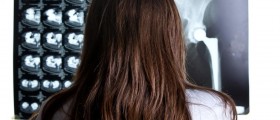
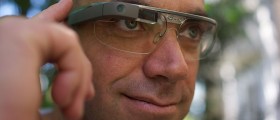
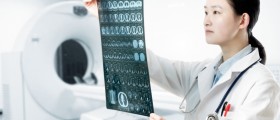
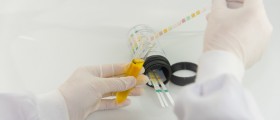







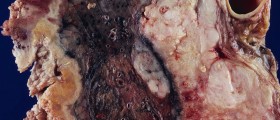
Your thoughts on this
Loading...